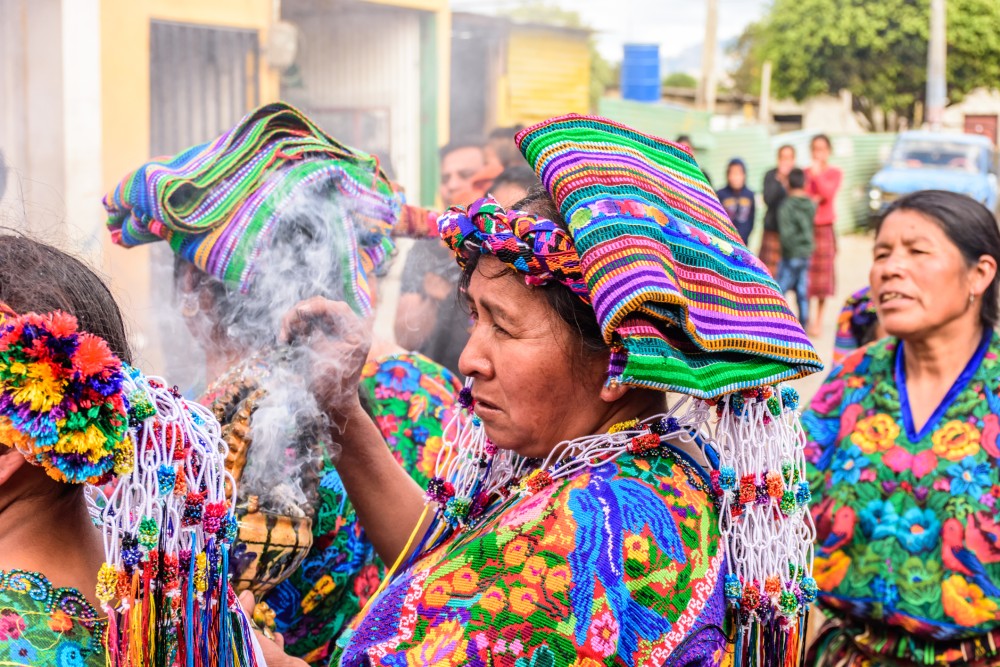The endurance of the Mayan people
Mayan culture and rituals have persisted since their days of ancient glory—but not without major upheavals.

The Maya civilizations of Central America have long fascinated Westerners, especially those intrigued by esoteric and mystical ideas. Mayan prophecies about the end of the world circulated widely in North America back in 2012. Popular interest is often whetted by reports that this great civilization, with mighty cities and temples, vanished suddenly and mysteriously. Speculative television documentaries regularly explore that mystery.
But the resolution of the mystery is quite plain: far from disappearing, the Maya people are still very much present, living where they did in those days of ancient glory, and the vast majority of them practice Christianity, if sometimes in controversial forms.
When the Spanish arrived in Central America, the classic Maya urban civilization was already a distant memory. But people speaking Mayan languages still flourished across the region known today as southern Mexico, Guatemala, Belize, and western Honduras. Those peoples accepted Christian conversion, but incorporated as much as they could of their old animist ways into the new order of faith. This included a fundamental belief in the reciprocal covenant that united the human world with the spiritual realm.





